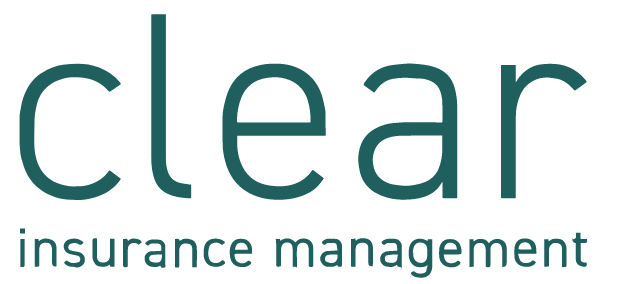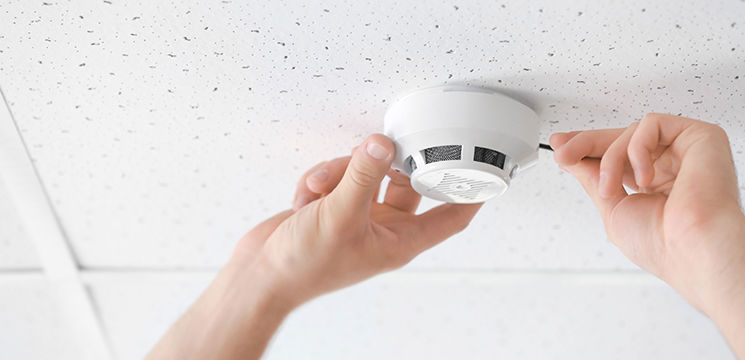The Fire Safety Act 2021 and the ‘Responsible Person’
The Fire Safety Act 2021 makes it clear that the 'Responsible Person' is responsible for the building’s structure (including flat entrance doors) and external walls (including windows, balconies, cladding, insulation and fixings) along with any common parts.
The concept of a 'Responsible Person' has been around for some time, and the FSO places several duties on them. In the framework of the new regulations, the 'Responsible Person' is anyone in charge of the safety of a regulated premises' occupants. Typically, it's the building owner. However, in residential buildings, this designation will include any other individual responsible for the common parts or exterior of the premises.
The ‘Responsible Person’ will be required to update the fire risk assessment to include an examination of the building's structure, external walls, and flat entrance doors. In some instances, they may update the fire risk assessment themselves. However, where the update requires an evaluation of materials that make up a building's external wall system, the 'Responsible Person' will need to call in a fire-risk assessor to undertake that assessment.
Fire Safety (England) Regulations 2022
The Fire Safety Regulations came into force on 23 January 2023 under Article 24 of the Fire Safety Order. These regulations introduce new duties for 'Responsible Persons' and apply to multi-occupancy residential buildings with common parts (including residential parts of mixed-use buildings and student accommodation) in England only. Among the new measures, 'Responsible Persons' in multi-occupancy residential high-rise buildings above 11 metres in height, and again above 18 metres in height, will need to provide additional safety measures - specifically noted in the examples below. For instance, they will be required to provide fire safety instructions and guidance on the importance of fire doors to residents. The regulations will apply to existing buildings. although the requirements for new buildings may be different.
Some examples of the duties and requirements for the ‘Responsible Person’
GOV.UK provides the following information on the duties and requirements laid down in The Fire Safety Regulations 2022.
- Fire safety instructions: provide relevant fire safety instructions to their residents, which will include instructions on how to report a fire and any other instruction which sets out what a resident must do once a fire has occurred, based on the evacuation strategy for the building.
- Fire door information: provide residents with information on fire doors and their role in fire safety. For example, residents should shut the fire doors when not in use. Additionally, they should not modify self-closing devices and immediately report any faults or damage to the fire doors to the 'Responsible Person'.
The above information should be updated annually.
In residential buildings with storeys over 11 metres in height, ‘Responsible Persons’ will be required to:
- Fire doors: undertake annual checks of flat entrance doors and quarterly checks of all fire doors in the common parts.
- Record-keeping: maintain a record of all steps taken to comply wiht the Fire Safety Act and new regulations.
- Fire door information: provide residents with information relating to the importance of fire doors in fire safety.
In residential buildings with storeys over 18 metres in height, 'Responsible Persons' will, in addition to the above, be required to:
- Building plans: provide their local Fire and Rescue Service with up-to-date electronic building floor plans and to place a hard copy of these plans alongside a single-page building plan, which identifies key firefighting equipment, in a secure information box on site.
- External wall systems: provide their local Fire and Rescue Service with information about the design and materials of a high-rise building's external wall system and to inform the Fire and Rescue Service of any material changes to these walls. Also, they will be required to provide information on the level of risk that the design and materials of the external wall structure give rise to and any mitigating steps taken.
- Lifts and other key firefighting equipment: undertake monthly checks on the operation of lifts intended for use by firefighters and evacuation lifts in their building and check the functionality of other vital firefighting equipment. They will also be required to report any defective lifts or equipment to their local Fire and Rescue Service as soon as possible after detection if the fault cannot be fixed within 24 hours and to record the outcome of checks and make them available to residents.
- Information boxes: install and maintain a secure information box in their building. This box must contain the name and contact details of the 'Responsible Person' and hard copies of the building floor plans.
- Wayfinding signage: install signage visible in low light or smoky conditions that identifies flat and floor numbers in the stairwells of relevant buildings.
This list is by no means exhaustive, with further information available here.
What a ‘Responsible Person’ should discuss with their broker or insurer in light of the new regulations
Where the 'Responsible Person' is a managing agent, they should advise their Professional Indemnity (PI) insurers about the Fire Safety Act and new regulations to ensure that the additional activities and responsibilities are covered.
Since this work is potentially outside the scope of existing ‘Responsible Person’ duties and contractual obligations, additional fees may arise for this work based on hours spent. At this stage, fee structures may not have been finalised. And while most PI policies will be on a Royal Institute of Charters Surveyors (RICS) policy wording, the 'Resonsible Person' still needs to inform their broker or insurer of the additional work and potential income/exposure. In so doing, they will have the certainty that adequate cover is in place and that they are fully aware of any policy exclusions that may apply to the new activities/responsibilities.
Contact us
If you’d like to discuss your insurance in relation to the new fire safety regulations, please contact your usual account executive.







